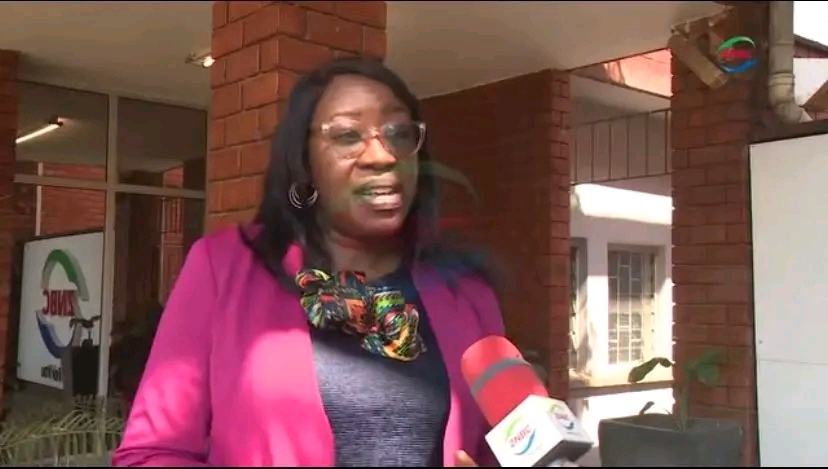THE long wait for rain could soon be over. After weeks of blistering heat and dusty winds, Lusaka’s skyline is finally showing signs of change, with the Zambia Meteorological Department (ZMD) predicting the capital’s first showers by Thursday this week.
Senior Meteorologist Peggy Thole said the scorching October heat that had everyone fanning themselves has actually worked in Zambia’s favour, fueling the atmospheric build-up needed for rainfall.
Thole explained that the heat enhances moisture buildup in the atmosphere, which paves the way for the first meaningful showers of the season.
“October is always a hot month, and we monitor our rainy season from October to March. Before the rains come, we experience high temperatures and these high temperatures are what enhance rainfall,” Thole told #Kalemba in an interview.
The early rains have already made a debut in North-Western, Western, Luapula and parts of the Copperbelt, with Livingstone recording a decent downpour last week.
This week, the rainfall zone is expanding eastward, covering Southern, Lusaka, Central and parts of Eastern and Northern provinces.
However, Thole cautioned that this development does not yet mark the official onset of the rainy season.
“We can’t really say this is the onset, especially for those in agriculture. To declare the onset, an area must receive at least 20 millimetres of rainfall within the first 10 days, followed by a total of 25 millimetres in the next 20 days. Only then can we confirm that soil moisture is enough to support crop growth,” she said.
“We’ll be watching the rainfall patterns closely, even as we monitor, we work hand in hand with the Ministry of Agriculture. Rainfall distribution is often scattered, so we rely on agriculture camp officers in each area to help assess soil moisture and advise farmers accordingly.”
Thole urged farmers to wait for confirmation from local agricultural officers before planting, to avoid losses that may come from premature sowing.
She added that while the rain will come in scattered patches, most regions should expect some activity as temperatures continue to fuel cloud development.
“These high temperatures are helping rainfall formation, once any moisture comes in, it interacts with the heat to trigger rain and that’s exactly what’s happening now.”
With Lusaka’s skies expected to turn wet by Thursday, the meteorologist said the weather charts looks promising heading into the weekend, a hopeful sign that the dry, dusty season is finally giving way to cool, rain-scented evenings.
By Sharon Zulu
Kalemba November 5, 2025





